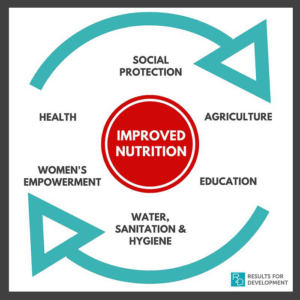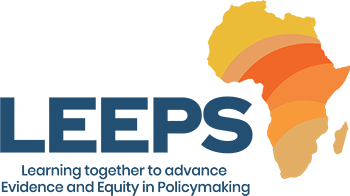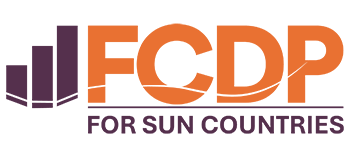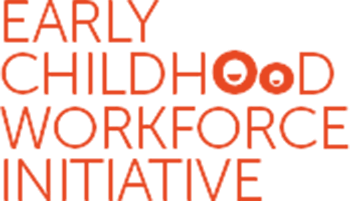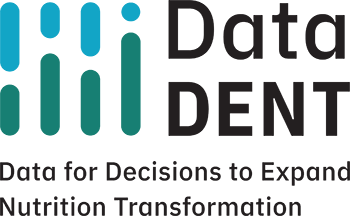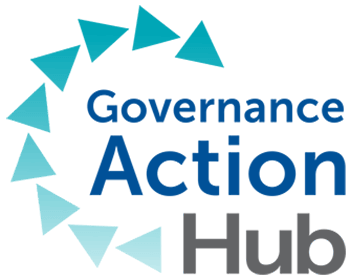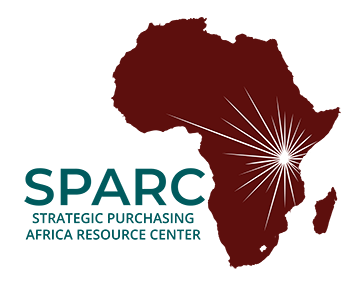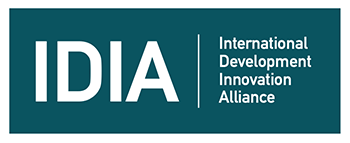How to Beat Malnutrition? Collaborate across sectors
[Editor’s Note: This is the fourth blog post in a series on nutrition financing in Rajasthan, India. Results for Development (R4D) and Budget Analysis Rajasthan Centre (BARC) with support from Children’s Investment Fund Foundation (CIFF) has been analyzing budgetary allocations for nutrition programs in Rajasthan by looking at state budgets and plans for the last three fiscal years: 2014-15, 2015-16 and 2016-17. Read the first, second and third posts on how India’s new budget, in light of devolution, affects funding for nutrition.]
With a new president-elect of the United States, global advocates are already working to ensure continued U.S. leadership in the fight to end malnutrition worldwide. This stubborn issue is the underlying cause of nearly 3 million deaths of children under 5 each year — more than HIV/AIDS, tuberculosis and malaria combined.
In India, malnutrition is a widespread public health crisis, affecting 191 million people across the country. To put this in perspective, India accounts for 27 percent of the world’s undernourished population and 42 percent of the world’s malnourished children.
The good news is low-cost and proven interventions for malnutrition already exist. The challenge, however, is mobilizing the resources needed to reach scale. Two major components of this effort include tracking investments in nutrition-specific and -sensitive sectors, and utilizing budgets to do more with existing funds. To better estimate the resources going into malnutrition in India, R4D recently produced a policy brief that examines government spending on nutrition in the state of Rajasthan, which bears a significant malnutrition burden in India.
The current state of nutrition financing in Rajasthan
Nutrition programming spans multiple departments in Rajasthan. The primary responsibility of implementing the two major nutrition-specific programs which have direct impacts on nutrition status — Integrated Child Development Services and National Health Mission lies with the Department of Women and Child Development and Department of Medical, Health and Family Welfare. Nutrition-sensitive schemes — those that have indirect linkages with improved nutrition such as programs in agriculture, water, sanitation and hygiene (WASH), education and women’s empowerment are spread across departments.
- Nutrition budgets are declining. Budget allocations for nutrition-specific programs are lower today than before fiscal devolution set in motion by recommendations of the 14th Finance Commission in 2015, which aimed to give flexibility to states in prioritizing social sector spending.
- The majority of funding (89 percent) comes from nutrition-sensitive sectors. Financing for nutrition-sensitive programs is nearly 9 times as large when compared to nutrition-specific programs and can be better targeted towards the first 1000 days window. Contributions from the health, WASH and agriculture sectors form the bulk of nutrition-sensitive funding.
- Budget utilization is not optimal. Utilization of nutrition-relevant budgets is poor. In 2014-15, the Integrated Child Development Services Programme was underutilized by 27 percent and the National Health Mission by 41 percent showing immense room for improvement and the untapped potential to do more with existing funds.
- There is a 69 percent funding gap. More funding is needed to scale up the core set of nutrition interventions included in India’s policy framework, “India Plus,” in Rajasthan. The primary driver of this gap is the lack of funding for interventions that provide maternity benefits for breastfeeding mothers as wage loss compensation during pregnancy.
Based on our findings, we’ve identified several opportunities for implementing departments to strengthen their efforts.
Three ways state governments can accelerate the fight against malnutrition
- Maximize the impact of nutrition-specific interventions. This could be accomplished by raising budget allocations for underfunded India Plus interventions. These include increasing funds for supplementary feeding schemes and conditional cash benefit schemes for pregnant women under the Integrated Child Development Services and for deworming, micronutrient interventions, and treatment of acute malnutrition under the National Health Mission. Further, departments should focus on improving budget utilization of resources allocated to nutrition-specific schemes and target investments towards the first 1,000 days window.
- Harness the potential of nutrition-sensitive sectors. Given the large amount of funding for nutrition-sensitive sectors, additional impact can be generated by leveraging these funds to be more focused on nutrition goals. This includes increasing funding for behavior change communication activities in WASH programs such as the Swachh Bharat Abhiyan, diversifying the basket of food and fortifying grains provided under the Targeted Public Distribution Scheme and increasing the nutritional content of Mid-Day Meals provided to school children.
- Establish an independent state-level coordinating body. One way to streamline efforts and ensure accountability is by instituting an independent coordinating body solely focused on ending malnutrition in the state. A Nutrition Mission, supported by the highest levels of the administration could further the nutrition agenda and facilitate a multi-sectoral approach to combat malnutrition. Experiences of several states in India, which have taken this approach can provide useful lessons to Rajasthan.
Among key decision-makers in Rajasthan, there is strong and growing support for greater financing and collaboration across departments directly engaged in nutrition service delivery. However, accelerating progress on nutrition calls for efforts that go beyond the Integrated Child Development Services and the National Health Mission. It requires that nutrition-sensitive departments play a greater role in creating an enabling environment to sustain gains. Along with coordination across departments, strong leadership and political will is key to ensuring success.
Photo © Results for Development


